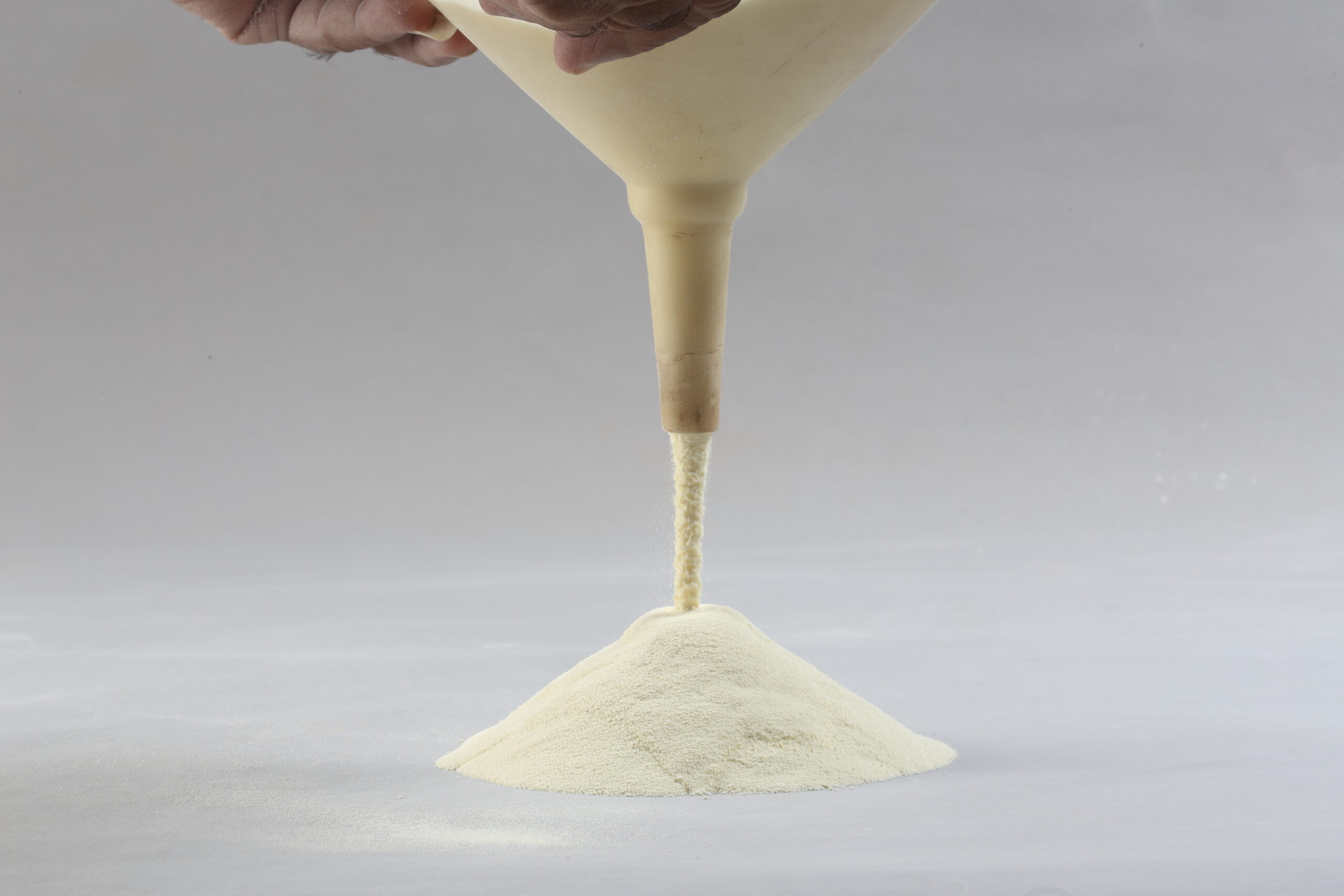What are PVC Stabilisers?
Stabilisers are key ingredients of PVC formulation. They allow its stable processing, ensure its thermal stability, and enrich it with properties of resistance to extreme weathers. Stabilisers prevent degradation during extrusion as well as injection and protect PVC sections from deformation, discolouration or yellowing under the effect of UV. They facilitate the shaping of the PVC and ensure its electrical resistance to high temperatures. These are added either directly into PVC or in combination to prevent oxidation, chain scission, uncontrolled recombination, and cross-linking reactions caused by photo-oxidation.
Advantages of PVC Stabilisers
Stabilisers are added to PVC to allow its processing and to improve its resistance, especially in outdoor applications, weathering and heat ageing and have an important influence on the physical properties of PVC finished products. Moreover, stabilisers enable excellent processability, heat stability and dispersibility. Essentially, they protect PVC from the harmful effects of extreme temperature and ultraviolet radiation.
The global PVC stabiliser market is growing at a significant rate owing to driving factors like increasing demand from the building and construction industry because of its anti-oxidation properties. PVC applications are taking over the traditional and old-fashioned polymers. This replacement is boosting the market growth of PVC stabilisers exponentially.
What is PVC Stabiliser pack?
A One Pack PVC Stabiliser is a pack of additives added during the processing of PVC. The additives are a combination of substances like Oxidisers, Lubricants, etc. Non-Toxic One Pack Stabilisers are based on Calcium, Zinc, and Barium, which are blended with co-stabilisers and lubricants to manufacture the product heavy metal-free.
Why would you add a PVC Stabiliser to plastic?
Adding stabilisers in plastic is necessary because they expedite the plastic items’ production process with lesser room for errors, increase their durability and facilitate their recycling.
Uses of PVC Stabiliser
PVC Stabilisers are available in the form of Heat and UV Stabilisers, Flame Retardants, Smoke Suppressants, Plasticizers, Processing Aids, Impact Modifiers, Thermal Modifiers, Pigments, and Fillers that are added to PVC for strengthening purposes. Impact Modifier/Processing Aid PVC Stabilisers provide softness and flexibility that PVC does not usually have.
PVC Stabilisers are mainly used in the manufacturing of Pipes and Fittings, Window Profiles, Rigid and semi-rigid films, wires and cables, coatings, flooring, etc. The applications of a PVC Stabiliser are in all places where PVC is used, i.e., construction material, medical devices, children’s toys, electric cables and wires, credit cards, rubber seals, vinyl fabrics, automotive parts, etc.
What arecalcium stabilisers?
Calcium-based stabilisers (including Ca-Zn) are broadly used in wires, cables, windows and technical profiles (also foamed ones) and in any type of pipes (such as soil and sewer pipes, foam core pipes, pressure pipes, corrugated pipes, land drainage pipes and cable ducting) as well as the corresponding fittings.
What are PVC heat stabilisers?
Heat stabilisers are typically used in PVC not only to protect it against the high temperatures the resin might experience during processing but also the high heat it may come across during storage. They prevent plastic from chemically breaking down. As an effect of the exposure to heat or UV light, the chemical breakdown leads to discolouration, polymer degradation, and potential corrosion of processing equipment. They act by stopping the thermal oxidation or by attacking the decomposed products of oxidation and prevent the degradation of plastics by heat, especially during processing, but also in applications. They are widely used in PVC compounds.
How do polymer stabilisers work?
Polymer stabilisers are chemical additives that may be added to polymeric materials, such as plastics and rubbers, to inhibit or retard their degradation. Polymers degrade at a chemical level via chain scission, uncontrolled recombination and cross-linking, which adversely affects many vital properties such as strength, plasticity, appearance and colour. Common polymers degradation processes include oxidation, UV damage, thermal degradation and ozonolysis.
What are calcium-zinc stabilisers (lead-free Stabiliser)?
Calcium-zinc stabilisers (Ca-Zn) are a complex blend of calcium and zinc stearate collectively with acid acceptors and organic co-stabilisers. They are used directly or in combination to avoid various effects such as the direct or indirect impact of heat and ultraviolet light. Calcium-Zinc based stabilisers (Ca-Zn) are new generation stabilisers that gained importance in the PVC market. Because of their completely non-toxicity, they are broadly used in PVC rigid and flexible objects. Along with high heat stability, they also provide low odour and are highly cost-effective. They are lead-free and alternatives to lead-based stabilisers for all PVC applications. This type of stabilising system can offer products that have a high degree of clarity, good mechanical and electrical properties, excellent organoleptic properties and good outdoor weather ability.
Conclusion
PVC stabilisers are an essential part of the PVC manufacturing process, and the end product highly depends on them. As we discussed the types of stabilisers, it is evident that various kinds of stabilisers together provide the right combination which prevents the material from degrading during production and application. Stabilisers determine the durability, sturdiness, lifespan and also toxicity of the end product, as every stabiliser is not lead-free. So, it is crucial to understand all the details mentioned above. To know more interesting facts and understand concepts around CPVC, PVC additives and stabilisers, stay connected with us.


